Why Palantir’s Valuation Faces Pressure as AMD, Salesforce, and ASML Outperform on Fundamentals
Palantir Technologies: High Hype, High Valuation
Palantir Technologies (NYSE: PLTR) is frequently touted as a top-tier artificial intelligence (AI) stock, but a closer look reveals that much of its $330 billion market value is based on hype rather than fundamentals. Despite its popularity, Palantir’s revenues and earnings remain far behind similar high-growth tech companies.
Three competitors, Advanced Micro Devices (NASDAQ: AMD), Salesforce (NYSE: CRM), and ASML Holding (NASDAQ: ASML), each present strong business cases and already surpass Palantir in both revenue and profit generation. If current trends continue, they are poised to surpass Palantir by market capitalization in the next three years.
A Look at the Numbers: Palantir vs. Its Peers
Palantir started as a government-focused AI analytics provider and has succeeded in expanding into the commercial space. While this transition was fruitful for revenue diversification, it has not brought Palantir close to matching its larger peers in financial performance.
At a $330 billion valuation, Palantir looks much more expensive than AMD ($206 billion), Salesforce ($248 billion), or ASML ($300 billion). Yet, those three companies not only deliver higher sales but also generate significantly more profits.
- Revenue Comparison: Palantir’s annual revenue is about one-tenth of what AMD, Salesforce, or ASML generate.
- Profit Comparison: Depending on the competitor, Palantir produces anywhere from a quarter to a twentieth of their profits.
Given that AMD, ASML, and Salesforce are all vital players in the AI and technology sectors, Palantir’s lofty market cap appears difficult to justify when assessed by traditional business metrics.
Growth Rates: Is Palantir’s Outperformance Sustainable?
Palantir has recently posted impressive growth—39% year-over-year in Q1 and a projected 38% in Q2. While notable, this growth is only on par with what ASML and AMD have achieved in certain quarters.
However, sustaining such growth may be challenging, especially as the law of large numbers sets in for high-growth companies. This investor expectation is partly why Palantir commands such a high valuation, particularly when measured by price-to-sales (P/S) ratio.
Is Palantir’s Premium Justified?
Palantir currently trades at more than 100 times its sales—a multiple rarely seen except during historic market bubbles or among companies with exponential, quarter-after-quarter revenue growth. Realistically, a premium P/S of around 40 might be justified given Palantir’s stage of development, but the current ratio is excessive, especially as its revenue growth is not exponentially accelerating.
With a P/S ratio well above its growth rate, Palantir’s valuation appears stretched. More mature, highly profitable software companies do not command such multiples unless extraordinary growth is reality—not just expectation.
The Case for AMD, Salesforce, and ASML
In contrast, AMD, Salesforce, and ASML have solid business models, robust revenues, and strong profit profiles. Unlike Palantir, their valuations are grounded in hard financial data rather than optimistic projections.
If Palantir’s stock valuation corrects to reflect its current financial performance, it is likely that AMD, Salesforce, and ASML will become larger by market cap within three years. Their leadership in their respective fields and clear earnings power make them more compelling investments for the long term.
This content is for informational purposes only and does not constitute financial advice.

